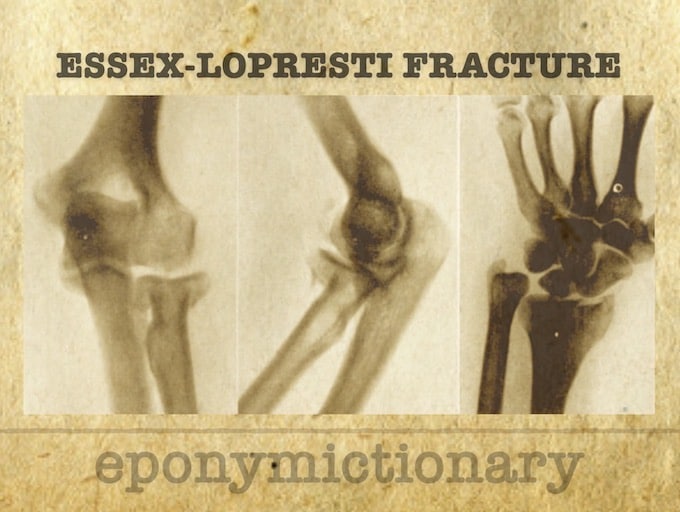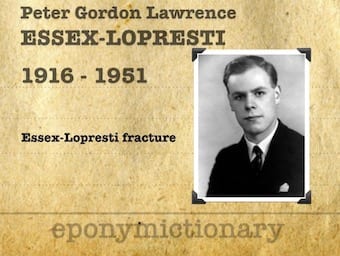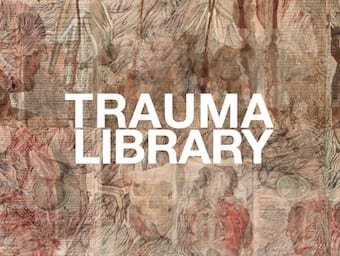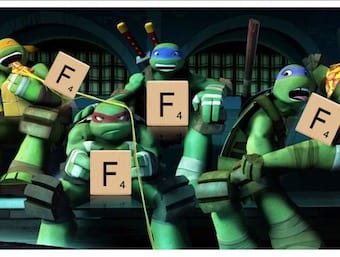
Medmastery: bicarbonate loss and acid overload
Franz Wiesbauer explains how to differentiate between metabolic acidaemia caused by a loss of bicarbonate and that caused by the addition of acid.

Franz Wiesbauer explains how to differentiate between metabolic acidaemia caused by a loss of bicarbonate and that caused by the addition of acid.

Essex-Lopresti injury consists of a radial head fracture AND dislocation of the distal radioulnar joint (DRUJ) AND disruption of the interosseous membrane (IOM)

Peter Gordon Lawrence Essex-Lopresti (1916-1951) was a British orthopaedic surgeon. Eponym: Essex-Lopresti fracture (1951)

Network Five Emergency Medicine Journal Club Episode 20 - Burnout reviewing papers on prevalence of burnout in ED physicians, causes and some strategies to combat it.

Ultrasound (US) is an accessible, non-invasive portable imaging modality which has utility in upper airway assessment.

Franz Wiesbauer looks at acid-base compensation and some super-simple rules that will help you decide whether compensation is adequate or not.

You've gotta love the therapeutic clunk — there are so many great ways of achieving it... and they make for great videos too!

October 2022 Adult Emergency Medicine Chest X-ray interpretation with Angela Pikus, Mark Baumgarten, Alex Blackwell and Rosa Malloy-Post

The FARES technique for reduction of anterior shoulder dislocations as demonstrated by the guys at Keeping Up with Emergency Medicine.

Funtabulously Frivolous Friday Five 347 - Just when you thought your brain could unwind, enter the medical trivia of FFFF.

Diffuse idiopathic skeletal hyperostosis (DISH), the now more generally accepted name for Forestier disease; is a poorly understood, systemic condition characterised by progressive calcification and ossification of ligaments and entheses

Jacques Forestier (1890-1978) was a French physician and rheumatologist, depiction of hyperostosis (1959) later called Forestier’s disease.